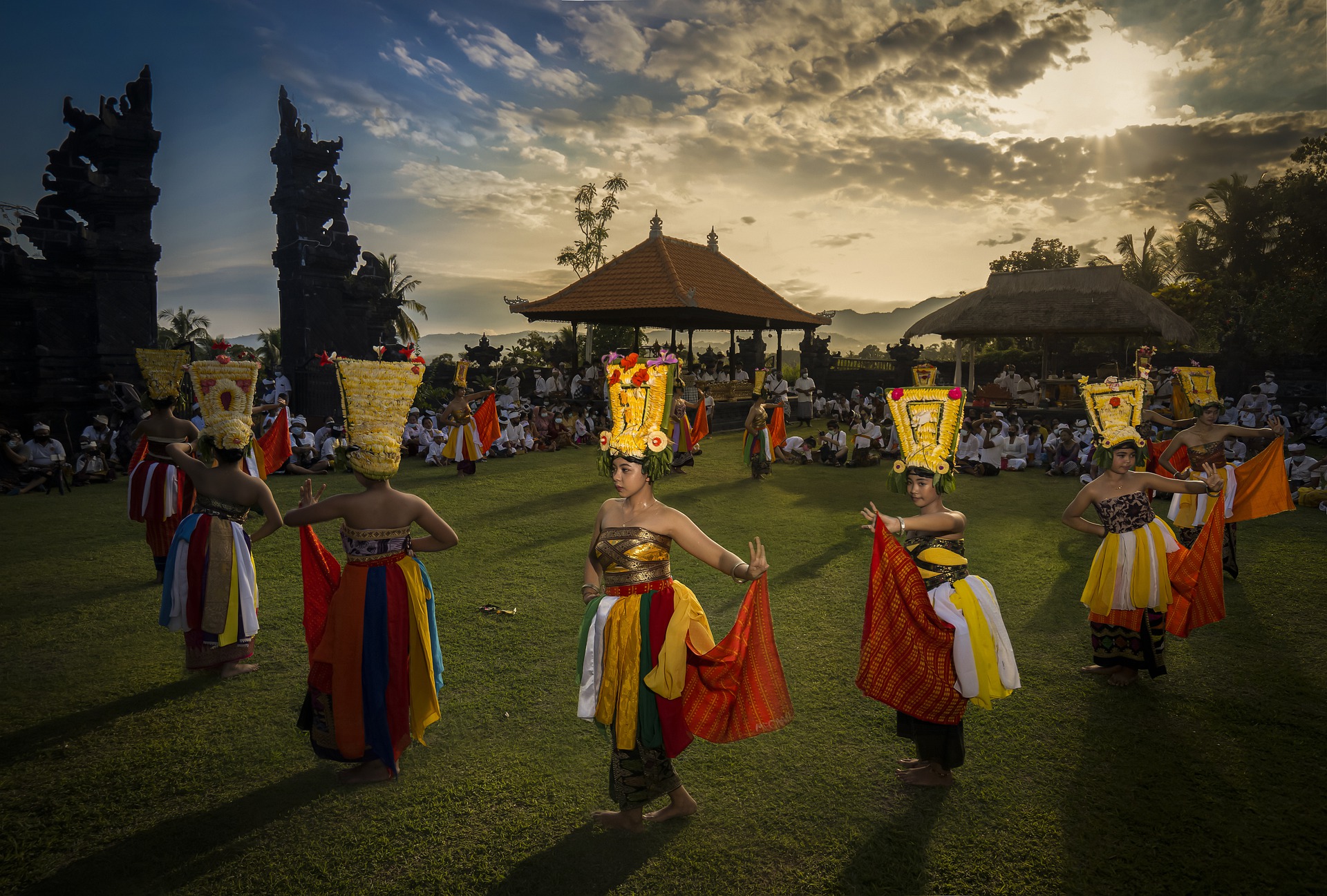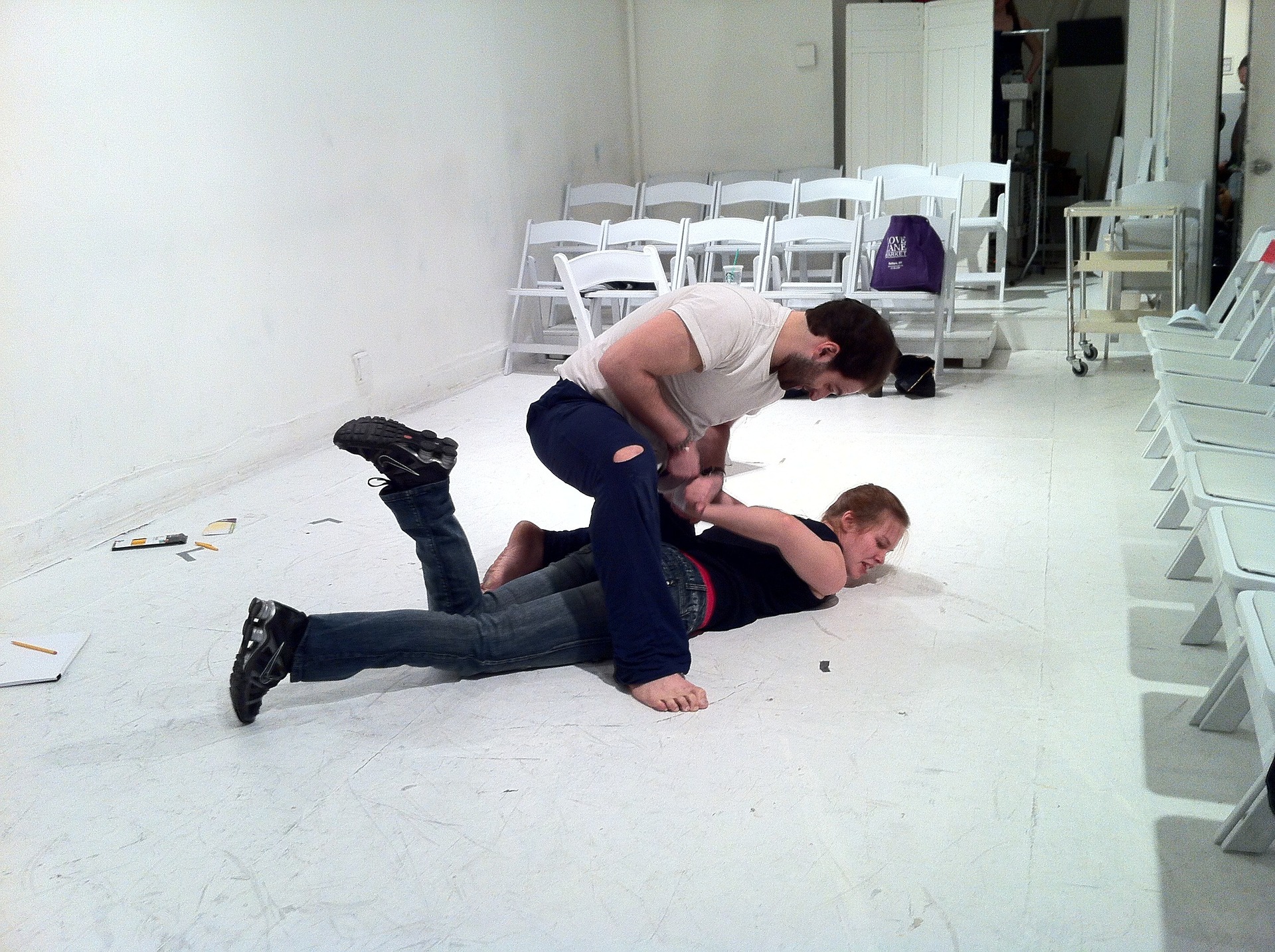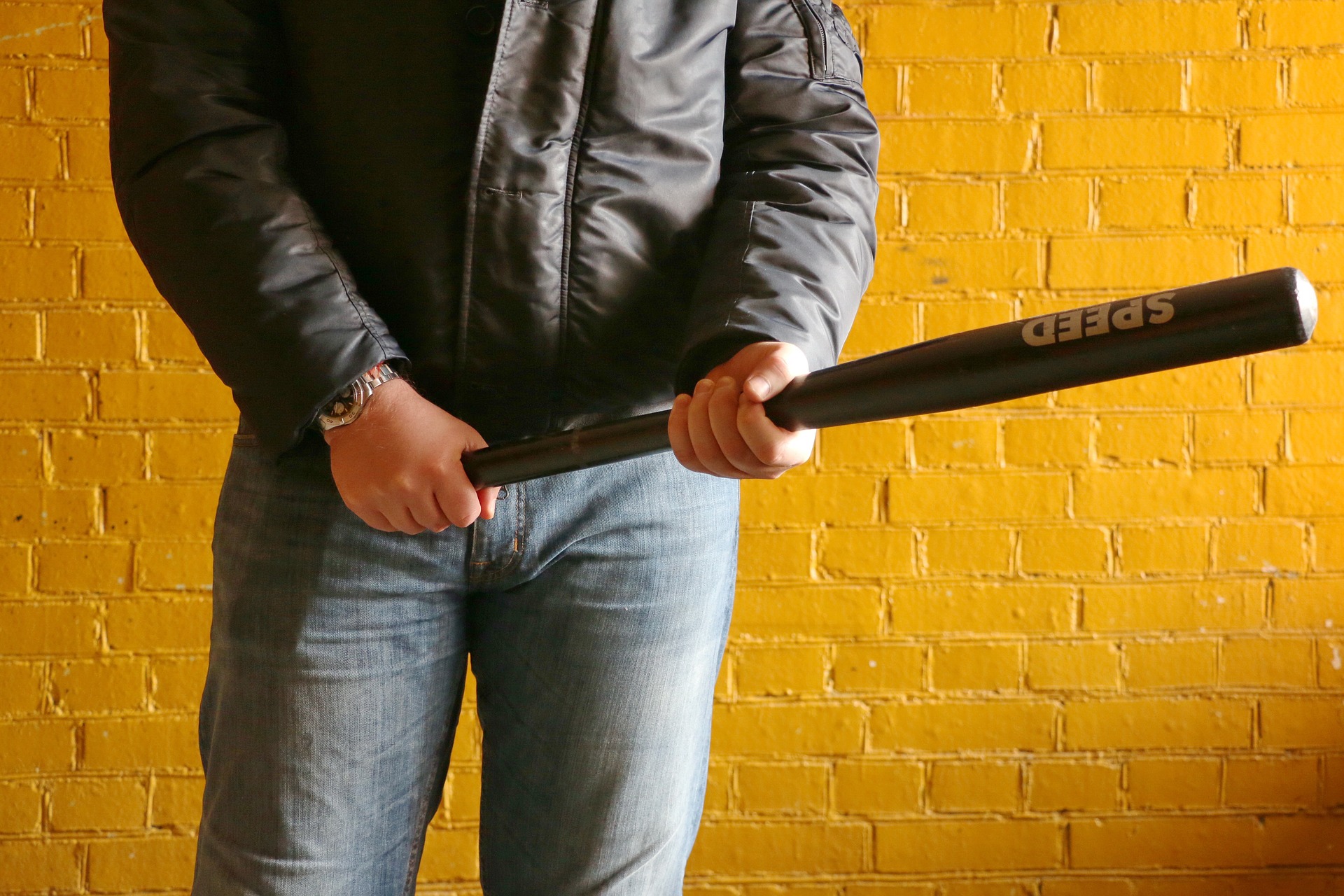During my time at the university, I attended a Filipino Folk Dance workshop where we learned traditional dances. Two stood out as very peculiar. First, we danced with two sticks, tapping them together and with our partners rhythmically. The second dance used a sarong that we tied and untied in several utilitarian configurations. These items seem very innocuous to the casual observer. I’ve seen the sticks used in Philippine Arnis and the sarong used in Indonesian Silat. Both dances hid fighting moves set to music like the cha-cha. These folk dances preserved elements of indigenous martial arts.
In class, you move from one step to the next in a rhythmic fashion–step, block, punch, and punch. In kata practice, you develop or learn the pacing of the form–fast, fast, slow. The same conditions exist in sparring. Feel the rhythm of fighting and attack on the off beats. Use drums to instill rhythm into your techniques to improve your kata performance. One, two, cha-cha-cha, punch.
Dance Moves of Arnis and Capoeira
Some arts like Arnis or Capoeira use drumbeats to develop this rhythm. Your footwork and arm movements flow with the beats of the drum. Your attacks and defenses meet on the steady drumbeats. Try it even if your root style doesn’t use music in training. Use the rhythm to create flow and smoothness in your movements.
Feel the Rhythm Getting Stronger
Drumbeats also force you to match the speed of the rhythm, which reflects the pace of an attack. This adaptation to the flow will aid you when someone attacks and you need to match pace with the attacker. The opponent will dictate the speed of the encounter by the mere fact they started it. You step into the rhythm and take charge–lead the dance. Don’t let yourself get over-confident by practicing at your own comfortable pace. Let someone else establish the speed and join in. It’ll help you get your footwork and maintain balance under stress.
Music and Martial Arts
Dancing, music and martial arts are not significantly different. In Arnis, the word for martial arts form, sayaw, means dance. Many times in history, oppressed people would disguise their martial arts moves as folk dances such as Arnis, Silat, and Capoeira. The practitioners used dancing because it was simple to do and still provided benefits to training. Even in current times, martial arts tournaments developed a class of events called Musical Kata, popular with contestants and favored by the audience.
Disrupt the Rhythm
Familiarity with music allows you to attack on the off-beats to disrupt your opponent’s internal rhythm and spoil their attack. The ideal time to strike anyone is when they aren’t attacking. Many fighters realize that the time between strikes is perfect for attacks. In Arnis, the abiniko or fan strike uses this concept of attacking before counterstrikes or follow-through strikes.
Turn on your favorite dance music and work on your forms or sparring. Let the different beats and rhythms influence your practice, and add them to the training session. Mix up the style and speed of the songs so you develop various rates in your technique. The songs will help you find your beat and timing by adding variety to your life.
What songs do you like to listen to during training? Let me know in the comments below.



